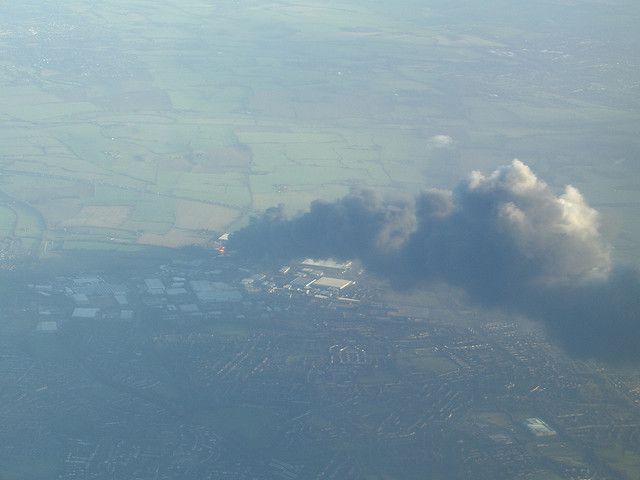-
 Blind signature
Blind signature
-
 Graphene
Graphene
-
 ALT
ALT
-
 Seveso disaster
Seveso disaster
-
 HIPS
HIPS
-
 Blogroll
Blogroll
-
 RT2005
RT2005
-
 Whale watching
Whale watching
-
 Gastroenteritis
Gastroenteritis
-
 Chemical oxygen demand
Chemical oxygen demand
-
 LLC
LLC
-
 Double-flow controlled mechanical ventilation (CMV)
Double-flow controlled mechanical ventilation (CMV)
-
 Egg
Egg
-
 Tidal Gate
Tidal Gate
-
 Key exchange
Key exchange
-
 Warez
Warez
-
 Van der Waals force
Van der Waals force
-
 Bone marrow
Bone marrow
-
 Pisolitic
Pisolitic
-
 Apogee
Apogee
-
 Atrophy
Atrophy
-
 Action potential
Action potential
-
 Fetal
Fetal
-
 Hypothalamic paraventricular nucleus
Hypothalamic paraventricular nucleus
-
 Scute
Scute
-
 Volcanism
Volcanism
-
 IPTV
IPTV
-
 Carbamate
Carbamate
-
 Lift augmentation system
Lift augmentation system
-
 Endolymph
Endolymph
Buncefield fire
On 11 December 2005, three explosions hit the oil tanker terminal in Buncefield, 40 kilometres from London. The powerful detonations that ravaged the Total, Texaco, BP and Shell fuel depots were accompanied by several fires.
23 large fuel tanks caught fire and burned for 5 days, destroying most of the site and creating an enormous plume of black smoke that spread over SouthEast England and beyond.
Causes of the Buncefield fire
The explosion and the fire were caused by overfilling an oil tank. In fact, leaked hydrocarbons generated a cloud of inflammable vapour that spread across the entire site before violently catching fire.
Human and environmental consequences
43 people were injured in the disaster and 2,000 others were evacuated. Considering the extent of the fire and the fact that the site is one of the five largest fuel depots in the United Kingdom, the casualty figures were miraculous, according to local police. The Buncefield disaster is, however, considered to be the biggest fire during peace time in the United Kingdom
The atmospheric pollution was also limited. Although there were temporary spikes in pollution, the levels remained below air quality standards.
The companies involved pleaded guilty of failing to comply with health and safety rules. In 2010, they were sentended to pay 11 million Euro compensation fine.
 Aerial view of the Buncefield fire, 12 December 2005. © Mark Norman Francis CC by-nc 2.0
Aerial view of the Buncefield fire, 12 December 2005. © Mark Norman Francis CC by-nc 2.0
Latest
Fill out my online form.



